I recently received a question about taking staff members to educational events. As most of you know, I am a huge advocate of continuing professional development. Getting out to trade shows and other events is a great way to learn as well as re-energize your team.
“I have a question about taking my employees to trade shows and seminars. I have never taken an employee to a conference before. My business has grown. I am seeing the need and benefit of having my employees go to classes instead of just me going and me coming back, sharing all I learned. (Which is hardly possible!)
I am wondering:
- What is reasonable, as far as compensation for my employees?
- Do I pay them their hourly rate for giving up their time and “working” all weekend?
- Do I pay for all expenses…3 meals, hotel, classes, etc.
This is new territory for me and I need some experienced advice.”
-Debbie L., North Carolina
 When you have a team that values education and training, the possibilities are endless! Their excitement, dedication, and passion can propel their careers to uncharted heights and help your business thrive. Encouraging that eagerness to try new techniques and test new tools and products has fulfilling personal payoffs that are also great for your salon. If you have a team like this, investing is their education is also a solid investment in your company.
When you have a team that values education and training, the possibilities are endless! Their excitement, dedication, and passion can propel their careers to uncharted heights and help your business thrive. Encouraging that eagerness to try new techniques and test new tools and products has fulfilling personal payoffs that are also great for your salon. If you have a team like this, investing is their education is also a solid investment in your company.
As a business owner, you must always balance risk with reward. You are the person who must look objectively at your team and decide if they have the right attitude and drive for this financial investment.
I have always encouraged my staff to continue their education by attending trade shows and other events. The staff members who participated were dedicated to their craft and did not need a lot of guidance. This is not always going to be the case.
About 18 years ago, I had my first major setback with a team. We had had an exceptional year. As a reward, I flew almost my entire team from Michigan to Intergroom for an all-expenses-paid learning experience.
About half the team did exactly what I had hoped. They presented themselves in both dress and manner as true professionals in every sense. They focused on learning and came home with lots of new knowledge and skills.
Unfortunately, the others fell far short of my expectations. Their appearance was terrible and many of them spent way too much time in the bar or on the dance floor. A few members of this group were even too hung over to make it to any of the classes.
By the end of the show I was more than frustrated – I was embarrassed.
These employees did not represent themselves or my business the way I had hoped. They embarrassed their team mates. They squandered an amazing learning opportunity – and I lost a significant financial investment in their training.
I realized changes needed to be made. I needed strong guidelines. I developed new policies and put them into place so this type of disappointment would never happen again.
Over the years, we have applied several different techniques with great success. Hopefully, a few of the ideas below with help you avoid frustrations and wasted expense.
Continuing Education Benefits
Today, we have an Education Assistance Program in place. It’s a benefit to all full-time employees. Each year we set a budget and these funds can be requested for a wide range of learning formats.
Everyone’s situation is a little different. Some employers find a set amount to work well for their entire team. Others find a sliding scale works best. Lower level team members get one amount. Key staff members and/or managers get a higher amount. Figure out what works best for your team – and your budget. Typical amounts would range anywhere from $100 to $1000 or maybe even more, depending on your situation.
 Formal Education Assistance
Formal Education Assistance
Occasionally, a staff member goes back to college. If the class or program will enhance their job performance, they may qualify to have all or part of the tuition costs covered by us. All courses must be pre-approved prior to reimbursement. Upon successfully completion, the team member submits their transcript or certificate along with their receipts for expenses. We will compensate them for the pre-approved portion of classes.
In-House Educational Training
Occasionally, we arrange in-house training. These programs aid the overall knowledge of our pet service teams. At times, the training programs are offered to our employees for free or at a heavily discounted rate. Other times, the benefit is simply the convenience factor. They have access to leading educators right in their back yard. Attendance is highly encouraged at these events. If it is a mandatory event, the staff member will be paid to attend.
Seminars, Clinics, Trade Shows, and Grooming Competitions
 Smaller seminars and clinics offer wonderful ways to learn. Typically, this type of educational event is much more intimate. It’s easy to get up close to see what the demonstrator is doing. Plus, it’s easy to ask questions throughout the entire program.
Smaller seminars and clinics offer wonderful ways to learn. Typically, this type of educational event is much more intimate. It’s easy to get up close to see what the demonstrator is doing. Plus, it’s easy to ask questions throughout the entire program.
Larger trade shows are fabulous learning opportunities. At larger events, attending classes isn’t the only way to learn. Opportunities abound out on the trade room floor. There is a variety of products, services, tools, and equipment to learn about. Many of the larger vendors have platform demonstrations going on right at their booths. Sitting ringside watching the top stylist groom in the competition ring will yield plenty of educational opportunities too. Some of the best learning takes place in a more social setting while networking with fellow pet professionals.
To qualify for reimbursement, employees must seek approval before attending. The staff member needs to submit an outline of the program(s) they plan on attending and what they hope to learn from each.
Sitting down with them shortly after their return is a great way to let them share what they’ve learned. Show support and encouragement. You want to learn firsthand what they heard and saw. Ask them how they plan on applying the information. I personally give them brownie points for coming back with photos on their phones of their favorite speakers and personalities at the event.
Don’t forget, upon return of the educational event, they need to submit a written report outlining key takeaways from what they have learned at the program. If they have been pre-approved for travel expenses, they must submit a full expense report including receipts.
Keep in mind, whenever a staff member is at a work-related function, they must uphold your professional standards of conduct. If they fall short, they may not be reimbursed for the cost of the event. Having them sign an agreement outlining your expectations of professional conduct would a great idea.
Here are a few qualifying rules for our Education Assistance Program Benefit.
The Cost
There is more to it than just the upfront cost of the learning event. There are lots of hidden costs, too. Typically, there will be fees associated with:
- travel
- lodging
- meals
- wages (if the training is required)
- lost revenue if the event takes place during a typical work day
Sometimes, it’s more cost-effective to seek out smaller events – especially when first getting a team excited about continued education. Personally, I like to test my team on smaller events closer to home. They are easier for my team to get to and less costly. FYI, some of the best educational events for my team are those I’ve hosted. (That’s another blog altogether!)
Staff members must:
- Advise the company prior to enrolling for any continuing educational event. Upon review of the training opportunity, the management team will decide if the course or programs qualify for the Education Assistance Program.
- The program must be job-oriented and offered by an approved institution, person, company, or organization.
- The staff member must be employed with the company for at least six (6) months (full-time).
Alternative Educational Opportunities
We offer additional funds towards approved learning opportunities. These opportunities include, but are not limited to; on-line training programs, membership based platforms, educational videos, and literature.
We encourage all staff members to stay current, informed, and self-educated as it relates to their job. Ultimately, it is their responsibility to manage and grow their career.
If a team member is seeking reimbursement for the cost of a learning opportunity, they must seek prior approval.
Depending upon the situation, either written or verbal reports will need to be submitted to the management team prior to reimbursement for the cost of the educational opportunity.
Certified Master Groomer Status
All our grooming staff members are eligible for voluntary certification testing through one of the approved programs: NDGAA, IPG, or ISCC. This is above and beyond their educational assistance program benefit. Upon successful completion of each phase, we will pay the cost associated with each level of the testing. Membership dues are the responsibility of each employee.
What do I do if a team member shows their commitment to learning? I start looking at more involved programs for them. I’ve had a few staff members so committed to growing their careers, they blow through their allotment in one weekend. If they want to attend events beyond what I will pay for, we will always try to rearrange their work schedule to make it possible.
Continued education is at the heart of all successful grooming businesses. I love helping people grow their skills. If I have a team members committed to growing their careers, I will do what I can to point them in the right direction. Knowledge builds confidence, bolsters technical skills, and increases productivity. Win. Win. Win.
If you are building a team committed to quality and success, you have decisions to make. What is the best way to grow your team? It will be up to you to weigh out those costs and to determine how they will benefit your business.
Happy trimming!
~Melissa
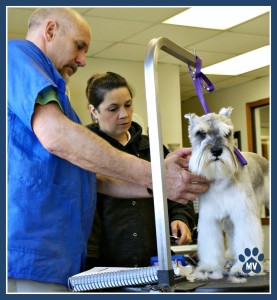 Learning to master skills helps us get ahead in our work and lives. To do this you need to have a deep understanding of the skill you are trying to perfect. You also need the dedication to put in the needed time and deliberate practice.
Learning to master skills helps us get ahead in our work and lives. To do this you need to have a deep understanding of the skill you are trying to perfect. You also need the dedication to put in the needed time and deliberate practice.

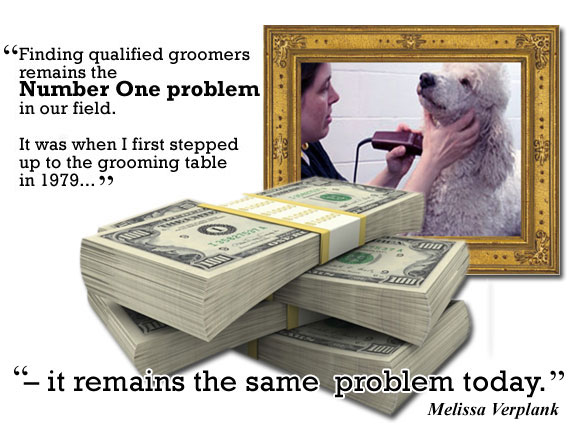
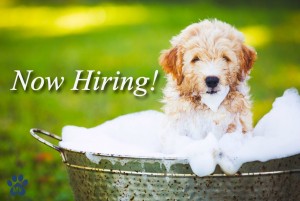
 Over the years, I have had varied levels of success with fostering teamwork. I’ve had times when the entire organization was working together as a single unit. We were energized and excited. We met objectives. We knocked goals out of the park. Life was good.
Over the years, I have had varied levels of success with fostering teamwork. I’ve had times when the entire organization was working together as a single unit. We were energized and excited. We met objectives. We knocked goals out of the park. Life was good.


 One day all that changed.
One day all that changed. To complicate things even further, I started attending clinics. Advanced clinics. The demonstrators were talking about structure…movement… angles. I was totally lost. All this information was over my head. But I never gave up. As baffled as I was, I was still fascinated. I wanted to figure it out.
To complicate things even further, I started attending clinics. Advanced clinics. The demonstrators were talking about structure…movement… angles. I was totally lost. All this information was over my head. But I never gave up. As baffled as I was, I was still fascinated. I wanted to figure it out.
 Let’s take a little poll:
Let’s take a little poll: “I’ve grown a lot by working here.”
“I’ve grown a lot by working here.”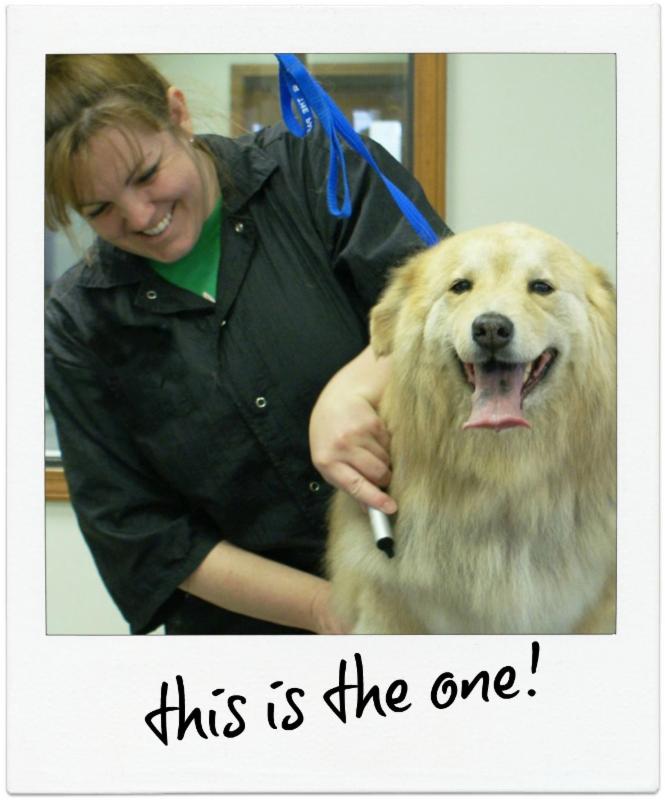 If yours is like most grooming salons, it’s next to impossible to hire the ready-made job applicant. It’s rare to find that person who will be everything you need, right away. Even if you do find great candidates, it’s still going to take work to bring them up to speed. To bring them in line with the way YOU do things in your business. To teach them your culture.
If yours is like most grooming salons, it’s next to impossible to hire the ready-made job applicant. It’s rare to find that person who will be everything you need, right away. Even if you do find great candidates, it’s still going to take work to bring them up to speed. To bring them in line with the way YOU do things in your business. To teach them your culture.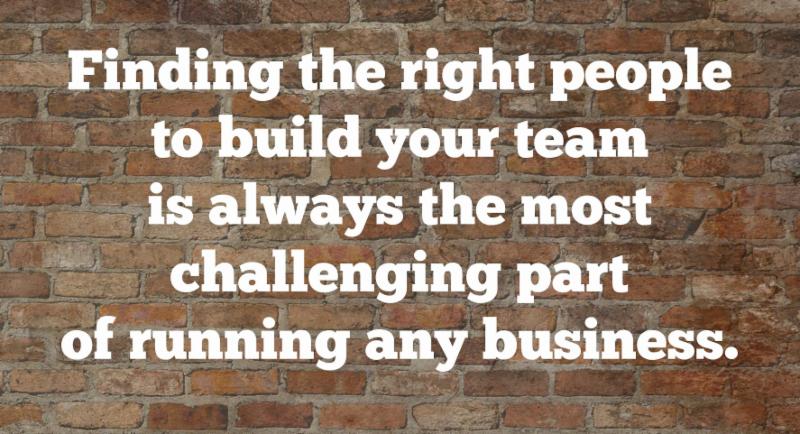 Observe how they work. Even with the most basic tasks like answering phones or washing dogs, many new hires need to be gently coached. Even if their skill level is weak, if they have the right attitude, you will be able to train them quickly. But you have to understand where they are in their current level of training. And the only way to learn that is by having them demonstrate their work.
Observe how they work. Even with the most basic tasks like answering phones or washing dogs, many new hires need to be gently coached. Even if their skill level is weak, if they have the right attitude, you will be able to train them quickly. But you have to understand where they are in their current level of training. And the only way to learn that is by having them demonstrate their work.